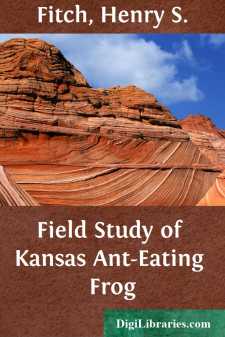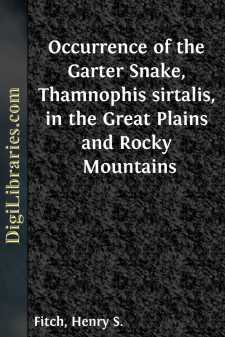Categories
- Antiques & Collectibles 13
- Architecture 36
- Art 48
- Bibles 22
- Biography & Autobiography 813
- Body, Mind & Spirit 142
- Business & Economics 28
- Children's Books 17
- Children's Fiction 14
- Computers 4
- Cooking 94
- Crafts & Hobbies 4
- Drama 346
- Education 46
- Family & Relationships 57
- Fiction 11829
- Games 19
- Gardening 17
- Health & Fitness 34
- History 1377
- House & Home 1
- Humor 147
- Juvenile Fiction 1873
- Juvenile Nonfiction 202
- Language Arts & Disciplines 88
- Law 16
- Literary Collections 686
- Literary Criticism 179
- Mathematics 13
- Medical 41
- Music 40
- Nature 179
- Non-Classifiable 1768
- Performing Arts 7
- Periodicals 1453
- Philosophy 64
- Photography 2
- Poetry 896
- Political Science 203
- Psychology 42
- Reference 154
- Religion 513
- Science 126
- Self-Help 84
- Social Science 81
- Sports & Recreation 34
- Study Aids 3
- Technology & Engineering 59
- Transportation 23
- Travel 463
- True Crime 29
Observations on the Mississippi Kite in Southwestern Kansas
by: Henry S. Fitch
Description:
Excerpt
Habitat
In Kansas this kite seems to prefer open and even barren terrain, in contrast with its habitat in forests of the southeastern states. Typical habitat of Kansas is that of the High Plains, dominated by a short-grass climax of blue grama (Bouteloua gracilis) and buffalo grass (Buchloë dactyloides), with sagebrush (Artemisia sp.), prickly pear (Opuntia sp.) and other somewhat xerophytic vegetation. In the Gypsum Hills of south-central Kansas near the Oklahoma border, the Mississippi kite finds habitat conditions exceptionally favorable. This is an area of broken topography, dissected by small steep-sided ravines, often with brush and scrubby trees on the slopes.
At Meade County State Park groves of cottonwoods (Populus deltoides) provided abundant places for perching and nesting. At this locality an artesian well provided an abundant year round water supply, which was impounded into an artificial lake half a mile long and a little less than a quarter mile wide. Water was also impounded in a series of small ponds maintained for the benefit of fish and waterfowl. Along with other improvements extensive plantings of cottonwoods and other trees were made with relief labor in the nineteen thirties. Trees were scarce on the area originally, but by 1961 there were almost continuous groves in an area nearly two miles long and three quarters of a mile wide encompassing the lake and ponds and adjacent areas. In conversation at the Park in August 1961, Dr. C. W. Hibbard told me of his observations on the colony of kites since 1936 when his paleontological field work in that area was begun. He indicated an area of less than two acres west of the artesian well to which the colony had been limited in its nesting in 1936, because at that time few trees were available as nest sites. In subsequent years, as the trees in the artificially established groves increased in size and height, and other trees became established naturally where the impoundments had created favorably moist conditions, the nesting colony expanded in all directions, and the number of kites increased tremendously. When my observations were made in 1961, the nesting area was co-extensive with the cottonwood groves, and there were literally thousands of trees within the area that provided adequate sites for nests.
The maximum number of kites seen flying at one time at the Park was 44, on August 22, 1961. Probably almost all there were adults, because fledglings, even though able to fly strongly by this date, were still spending most of their time perched. The colony of kites was usually scattered over at least two square miles, and at most times some were perched, others were flying low and solitarily, hence it is improbable that the total population or a high percentage of it could be seen together at any one time or place. More than 40 nests were located in 1961, and probably at least as many more were overlooked. There must have been a breeding population of at least 100 kites, and probably as many as 150 in the Park in 1961....






